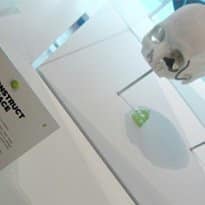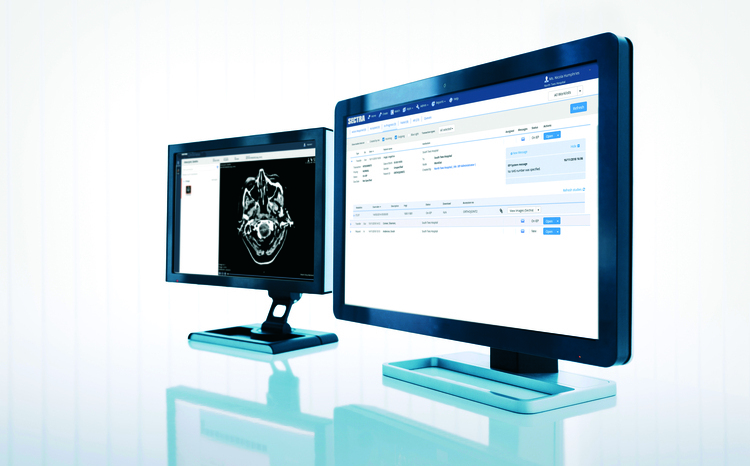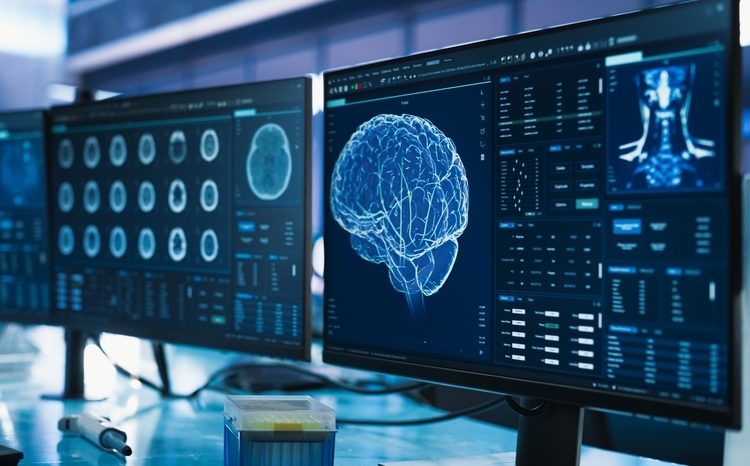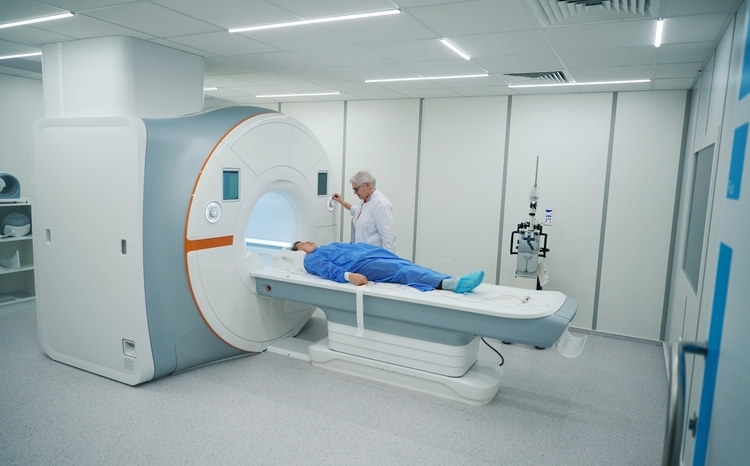Face reconstruction in 3D printing show
- 13 January 2014

Surgeons at Abertawe Bro Morgannwg University Health Board are using 3D printing to reconstruct a patient’s face.
Using 3D printing, the team has created titanium implants based on images from a CT scan for a patient whose face was crushed in a motorbike accident.
The work is being led by consultant maxillofacial surgeon Adrian Sugar maxillofacial laboratory services manager, reconstructive scientist Peter Evans at the health board’s Morriston Hospital.
Evans said that the patient had severe facial injuries and had emergency surgery right after the accident, but that they were now at a stage where that can “do a proper reconstruction of his face."
“The patient’s facial symmetry will be restored so he should be back to normal as far as his facial looks are concerned,” he said.
The complex surgery will involve repositioning the patient’s facial bones, and it has to be virtually planned.
The team worked from a CT scan that allowed them to create a mirror image of the unaffected side of the patient’s face.
From this they designed guides to cut and position the bones accurately, as well as implants tailor-made for the patient.
The guides and implants are being produced in medical-grade titanium in Belgium, at one of the world’s few specialist 3D printing facilities.
The project is the work of the Centre of Applied Reconstructive Technologies in Surgery which was established in 2006 as a partnership between Morriston Hospital’s maxillofacial Unit and the National Centre for Product Design and Development Research based at Cardiff Metropolitan University.
The centre aims to make Wales a world leader in the research, development and application of advanced medical technologies in surgery.
Before the difficult operation is carried out, the work is exhibited at the London Science Museum as part of the “3D: Printing the Future” exhibition, which runs until 1 July.
“We have done everything up the point of surgery. The concept of the operation has been virtually designed and we hope to do the work very soon,” said Evans.
“The exhibition is all about cutting-edge activities in this area of work so to have this case appear there is amazing.”




